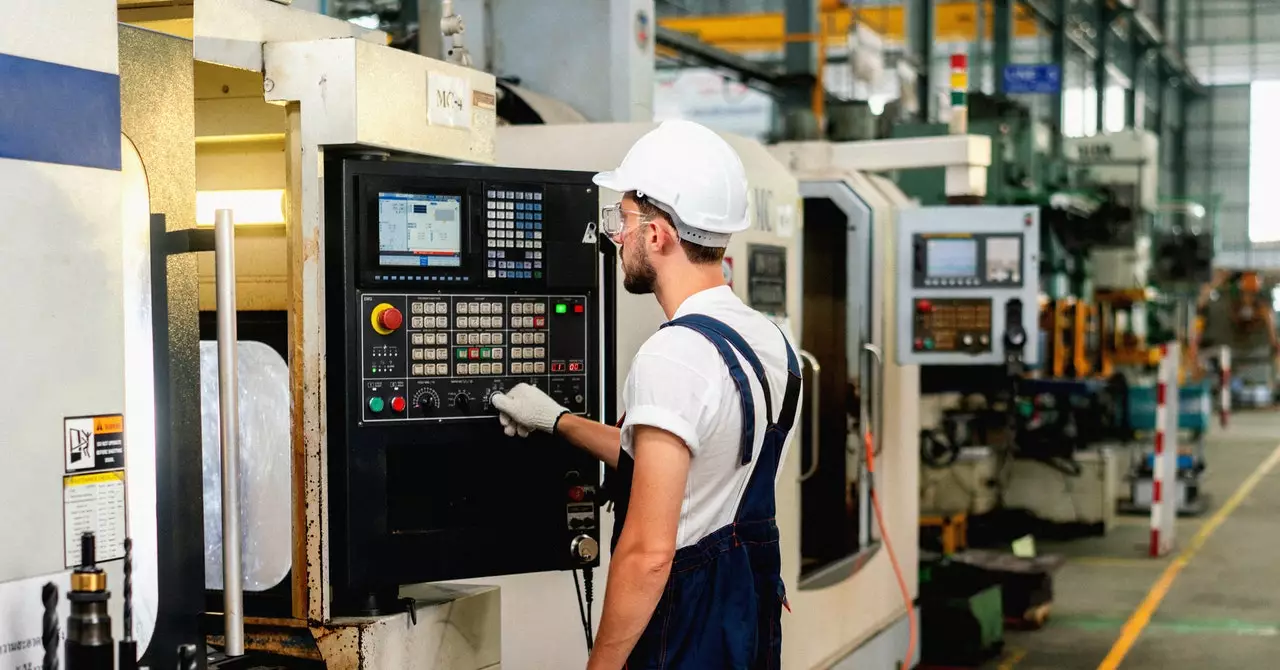For over a century, the fundamental methods of producing steel ball bearings have remained relatively intact, rooted in processes developed around the early 1900s. Steel ball bearings play a crucial role in countless mechanical systems, facilitating smooth motion and reducing friction in applications that stretch from automotive technology to industrial machinery. However, while the core machinery may not have drastically changed, the surrounding manufacturing environment has evolved dramatically thanks to advancements in automation and technology. Today, ball bearing manufacturing entails a blend of traditional mechanical processes with cutting-edge technology designed to enhance efficiency and accuracy.
Manufacturers have embraced automation in their operations to streamline production and enhance product quality. In modern facilities, processes such as cutting, hardening, and precision grinding are primarily automated, relying on conveyor belts and robotic systems to move materials seamlessly through various stages of production. The Schaeffler factory in Hamburg exemplifies this shift, where raw steel wire is transformed into precision-engineered ball bearings through a series of automated processes that refine the rough spheres into perfect geometrical forms, with tolerances reaching within a tenth of a micron. This unparalleled precision is essential for the ball bearings to function optimally in their applications, where even the slightest imperfections can lead to mechanical failures or reduced performance.
As the complexity of manufacturing increases, so too do the challenges associated with quality control. The modern production environment necessitates rigorous testing and inspection protocols to ensure that the end products meet stringent quality standards. However, when defects arise, tracing the root cause can become elusive. For instance, a defect may be identified at one stage in the assembly line, yet the underlying issue may stem from a completely different process — whether it’s an improper torque setting, a malfunctioning tool, or degraded grinding equipment. This complicated interplay of factors can make diagnosing faults a daunting task.
To address these challenges, companies like Schaeffler are increasingly turning to artificial intelligence (AI) for support. The integration of advanced data analytics tools and AI algorithms within manufacturing systems has the potential to revolutionize fault detection and quality assurance processes. Schaeffler’s recent partnership with Microsoft has ushered in a new era with its introduction of the Factory Operations Agent, an AI tool designed to assist in identifying the causes of production issues efficiently. This innovative solution functions similarly to conversational AI platforms like ChatGPT, yet it is tailored specifically for industrial applications.
The Factory Operations Agent leverages large language models to sift through vast amounts of manufacturing data, allowing factory workers to pose complex questions like, “What factors are contributing to an uptick in defects?” The system responds with precise, relevant insights drawn from a wealth of operational data, ultimately leading to quicker resolutions of quality control issues. By analyzing data from multiple sources within the production ecosystem, this AI-driven approach provides a more holistic view of manufacturing processes, identifying correlations that may not be immediately apparent to human operators.
Despite its impressive capabilities, it is crucial to acknowledge the limitations of this AI technology. The Factory Operations Agent does not possess autonomous decision-making abilities; rather, it serves as an advanced data retrieval tool, facilitating human operators in diagnosing problems and making informed decisions. The intent is not for the AI to take over operational decisions but to augment human expertise and streamline information access. As manufacturers continue to democratize data and incorporate AI solutions, we can expect a profound transformation in precision engineering that prioritizes efficiency, accuracy, and enhanced product quality.
While traditional methods of producing ball bearings are rooted in history, the integration of modern technology and AI in manufacturing heralds a new age of innovation. By combining the timeless principles of precision with advanced analytical tools, industries are not only optimizing productivity but are also ensuring their processes can adapt dynamically to meet the challenges of the future. The path ahead promises a deeper fusion of technology and traditional craftsmanship, paving the way for unprecedented levels of operational excellence.


Leave a Reply
You must be logged in to post a comment.